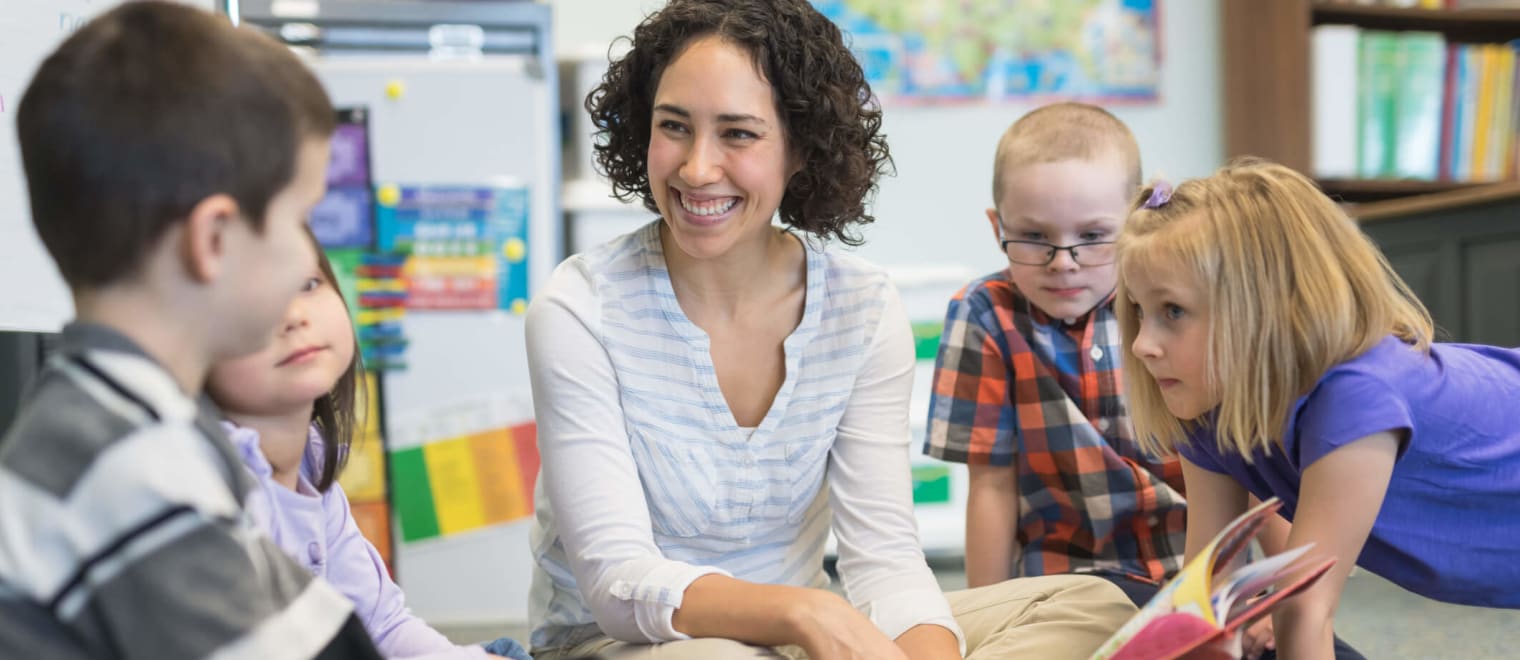This informal CPD article Supporting Pupils towards Self-regulation was provided by Zen Educate, an online staffing platform and social enterprise that connects schools and teachers directly.
For most people, in order to learn something, it must first be modelled to them. In turn, if we understand what we require from a pupil, we are more likely to be able to support them through understanding and managing them with care, communication and proactive strategies – resulting in a confident and independent student.
Through co-regulation, we can support pupils towards self-regulation. This will enable them to make progress in many aspects of their lives, including in their learning, social lives and emotional development. But first, what do these terms mean?
What is self-regulation?
CAMHS (Child/Adolescent Mental Health Services) defines self-regulation as the ability to manage emotions so that they don’t override logical thought. Self-regulation requires communication between the parts of our brain that deal with emotion, and those that deal with thinking. It can help to think of the brain as two parts – an upstairs (the prefrontal cortex) and a downstairs (the amygdala).
The upstairs deals with reasoning, problem solving, impulse control and perseverance, while the downstairs deals with emotional processes, particularly strong emotions such as fear and pleasure. When we’re born, from the first cry, we require our needs to be met immediately. Then, we tend to become more independent as we get older. But if we’re not shown how to do this, we fall back to what is known as our ‘learned behaviours’, which can be either inward or outward. This is often what we are observing in a child’s challenging behaviour – needs not being met resulting in inward or outward learned behaviours.
So when the amygdala of a pupil (the downstairs) overrides the prefrontal cortex (the upstairs) we might see meltdowns, arguing, and other unwanted behaviours.
And co-regulation?
The most widely accepted definition of co-regulation is the ‘warm and responsive interactions that provide the support, coaching and modelling that children and young people need to understand, express, and modulate their thoughts, feelings and behaviours’. It is vital as co-regulators to demonstrate care, communication skills and to be actively available in order to help pupils to become more resilient.
The SEED
One model that can help us to help pupils towards co-regulation is The SEED: the Social, Emotional, Educational Development of the pupil. This is more than just a helpful acronym – a seed is the embryonic plant enclosed in a protective outer covering, and works very well as a metaphor to help us with co-regulation.
The outer covering is you; the co-regulator. The seed is the embryonic plant; the pupil. We are the protective outer coverings that support growth within the Social, Emotional and Educational Development of the pupil. We model positive social behaviour, emotional co-regulation, and social awareness in order for young people to blossom to the best of their abilities.
How can we model the SEED? Firstly, by a child understanding self-regulation, they must first become aware of situational behaviour. Self-regulation is about understanding how behaviours and emotions vary in different environments. For example, the energy we use on a basketball court is not the same as the energy we require in, say, a restaurant – or a classroom. The pupil must first know how, when, and where to behave in a certain way, and we support this by modelling – by our tone of voice, non-verbal messaging, listening skills, body language, movement, feedback, sense of humour, technical skills and the clarity of language that we use.














